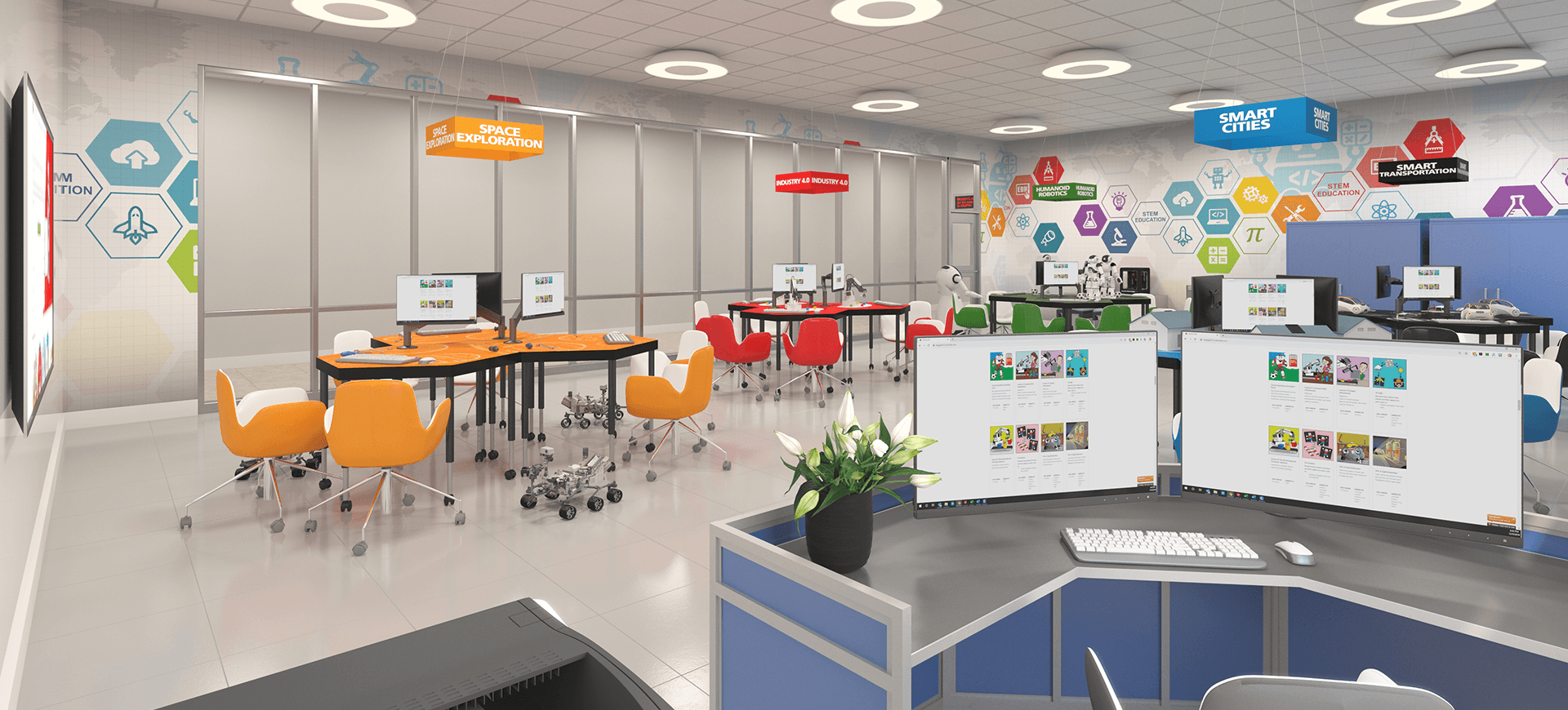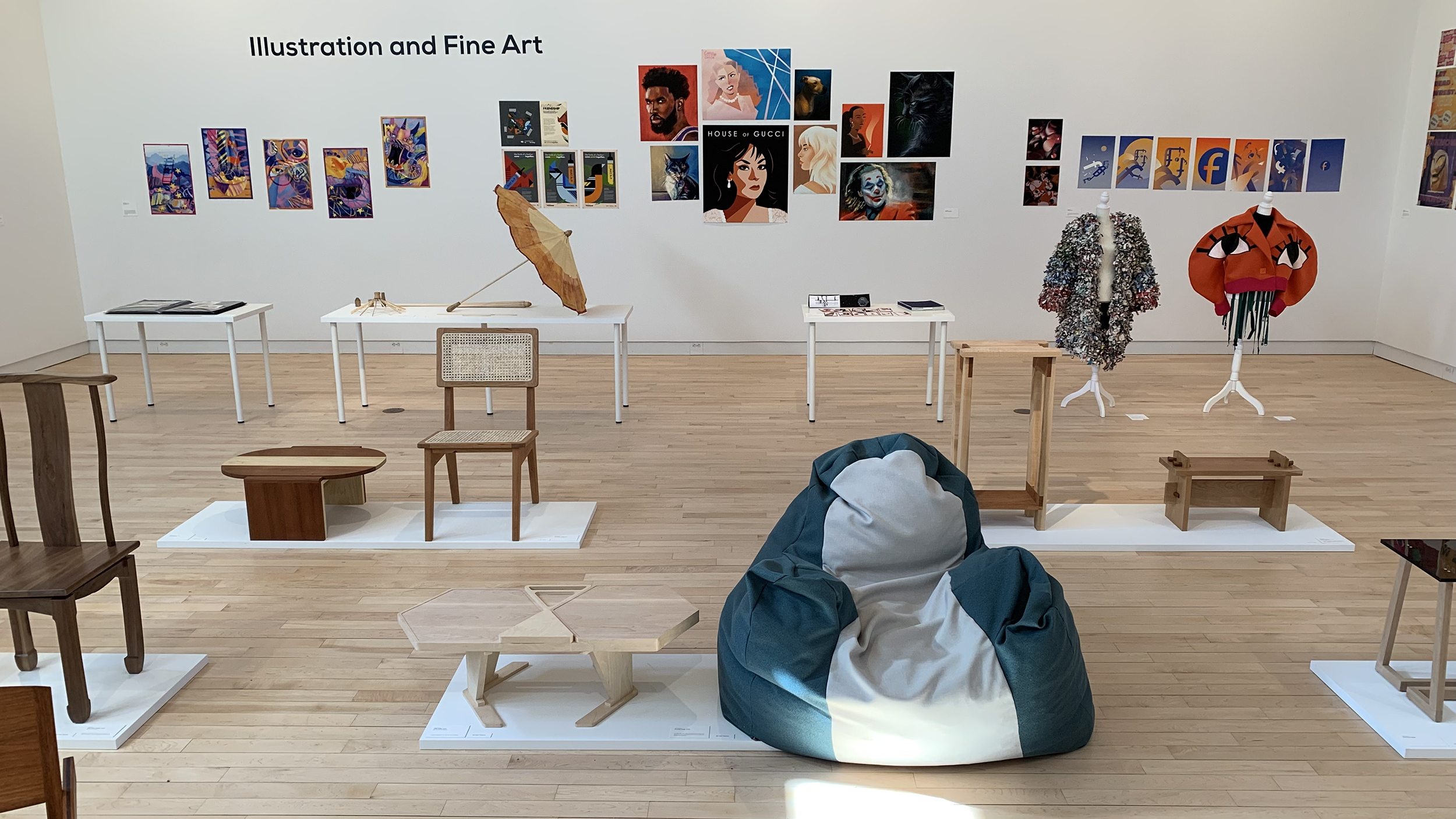
NASA and the Israel Space Agency have signed an agreement for use of the AstroRad radiation protection vest on NASA’s Exploration Mission-1 flight.ĪstroRad is the second product developed by StemRad, following the success of its first product, called StemRad 360 Gamma – the world’s first wearable shield that provides meaningful protection from harmful gamma radiation.

Note vest contours which correspond to enhanced protection around sensitive organs – bone marrow, colon, stomach, ovaries and breast tissue. EarthTime enables you to do that,” explains Illah Nourbakhsh, Director – CREATE Lab.ĭana Vaisler of StemRad wearing AstroRad vest prototype in front of Orion Capsule at Johnson Space Center. You really can’t understand climate change, migration or major social and political trends without examining their connections across time, across space and between each other. The impact of humanity can be seen globally and in individual communities. Explore stories to learn more about our collective impact on the planet. Users of EarthTime can view compelling animations accompanied by fact-based narratives from international experts.ĭrawing upon EarthTime’s vast data library, the stories are curated in honor of Earth Day 2018. An EarthTime user can compare how cities across the world accommodate for rapid urbanization by growing both outward and upward. It enables users to interact with visualizations of the Earth’s transformation over time.Ĭombining huge data sets with images captured by NASA satellites between 19, EarthTime brings to life patterns of natural change and human impact.įor example, city growth can be studied with land imagery and lights visible from space at night. The Earth straddling the limb of the Moon, as seen from above Compton crater.Ĭredit: NASA/GSFC/Arizona State UniversityĬarnegie Mellon University’s CREATE Lab has established an EarthTime website. While they probably won’t hurt the wheels too much, we’d prefer to avoid them when possible,” Fraeman concludes. The geologic term for these sharp edged rocks is ventifacts, and they are formed by wind erosion over millions of years. “This path corresponds to terrain that is filled with pebbles and hard-packed sand, and we think it’s a little nicer for the wheels than the bright bedrock, which can sometimes have sharp edges. “Strategically, we also work with the orbital datasets to predict what the terrain ahead will look like, and we use these predictions to choose long-term paths that will be easiest on the wheels without sacrificing science,” Fraeman points out.Ĭuriosity’s path from the last few sols have been dictated by driving along terrain that looks darker and bluer compared to the nearby bright, tan rocks. The robot’s driving is determined on a sol-to-sol basis in tactically staffed roles known as Surface Properties Scientist (SPS). Geologists like myself also help by planning drive paths over terrain that is safer for the wheels.” “JPL engineers developed some smart driving algorithms called ‘traction control’ that reduce forces on Curiosity’s wheels as the rover climbs over rocks.

Sharp!”įraeman added that the last few years, the robot has been actively working to mitigate wheel damage in several ways. “So far, we estimate we’re in pretty great shape for our plans to drive a lot farther up Mt.

It’s important for us to take this observation in order to estimate how much farther the rover will be able to drive before the wheels become inoperable, and also to understand if the sharp edges of the broken wheels risk damaging the nearby cables,” Fraeman explains.
CMU CREATE LAB EARTHTIME FULL
“We do this activity, dubbed Full MAHLI Wheel Imaging (or FMWI in NASA acronym speak), every few hundred meters to track damage to Curiosity’s wheels caused by the terrain. The rover’s Mars Hand Lens Imager (MAHLI) was used to take images of the rover wheels. “The rover is currently skirting around the southern edge of a small, blocky impact crater on its way north off the Vera Rubin Ridge,” Fraeman explains. Mars Hand Lens Imager (MAHLI) photo taken on April 22, 2018, Sol 2030.Ībigail Fraeman, a planetary geologist at NASA’s Jet Propulsion Laboratory in Pasadena, California, reports that the robot drove a little over 52 feet (16 meters) to the east over last weekend.


 0 kommentar(er)
0 kommentar(er)
